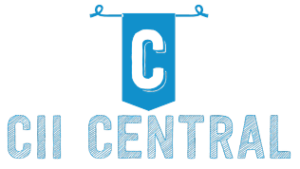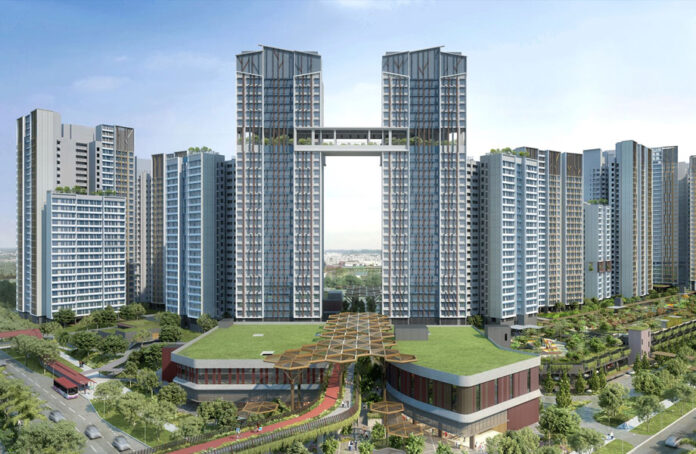Finding a home in Singapore that fits a family’s rhythm isn’t only about location or layout. It’s about finding a space that feels safe, connected, and genuinely built for growing together.
In recent years, family-oriented residential projects across the island have become more intentional – balancing thoughtful design, nearby schools, green areas, and social spaces that encourage meaningful community life.
Below is an in-depth look at the best kinds of developments families gravitate toward, what defines them, and which neighborhoods are leading the way.
What Makes a Residential Project Truly Family-Oriented
A family-friendly development is more than just a large floor plan. It integrates livability at every level – from safety and transport access to school proximity and shared facilities.
We can point to Pinery Residences as a development where layout, access, and community are combined thoughtfully.
A few key elements stand out across the best projects.
1. Layouts That Support Everyday Life
Good family housing starts with flexible layouts. Families evolve quickly, and homes need to adapt. Popular design features include:
- Separate sleeping zones for parents and children.
- Open-concept living spaces for easier supervision and family time.
- Balcony or outdoor areas that allow for small gardens or play corners.
- Adequate storage for strollers, bikes, and school items.
Projects that feature these tend to draw long-term residents who value function over flash.
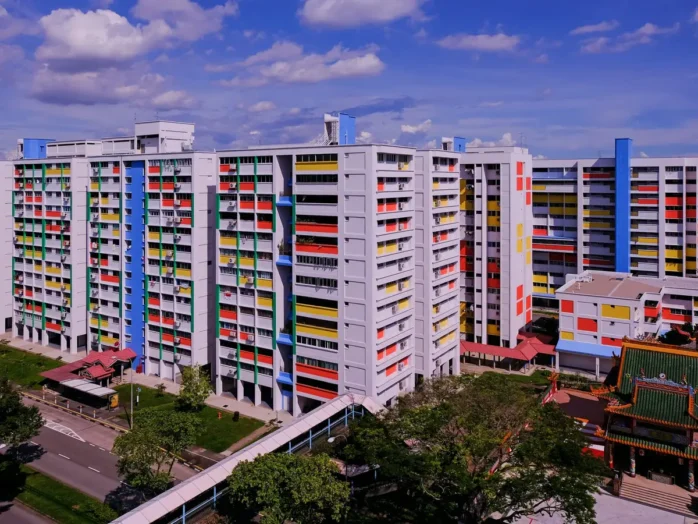
2. Safety by Design
Family-oriented developments are built with security in mind:
- Guarded entry points and 24-hour surveillance.
- Controlled visitor access.
- Child-safe features such as non-slip flooring, gated pools, and car-free zones near playgrounds.
Parents naturally look for environments where children can roam a little without constant worry.
Within the secure enclave of the development, you’ll find how the design ethos is elevated at Narra Residences, offering gated access, 24-hour surveillance and child-safe zones.
3. Access to Schools and Childcare
Singapore’s compact geography makes proximity to schools a major factor in property decisions. A family-friendly residence usually sits within a few minutes’ drive – or even walking distance – of reputable kindergartens and primary schools.
Projects located near institutions like Anglo-Chinese School (Primary), Nanyang Primary, or Pei Chun Public School tend to have strong resale demand because of the school placement advantage.
4. Play, Recreation, and Family Bonding Areas
Developers now design entire “mini ecosystems” for families. You’ll often find:
- Splash pools, water play zones, and kids’ clubs.
- BBQ pavilions and picnic lawns for weekend gatherings.
- Jogging tracks, sports courts, and family gyms.
Such amenities not only improve quality of life but also strengthen the sense of belonging within the community.
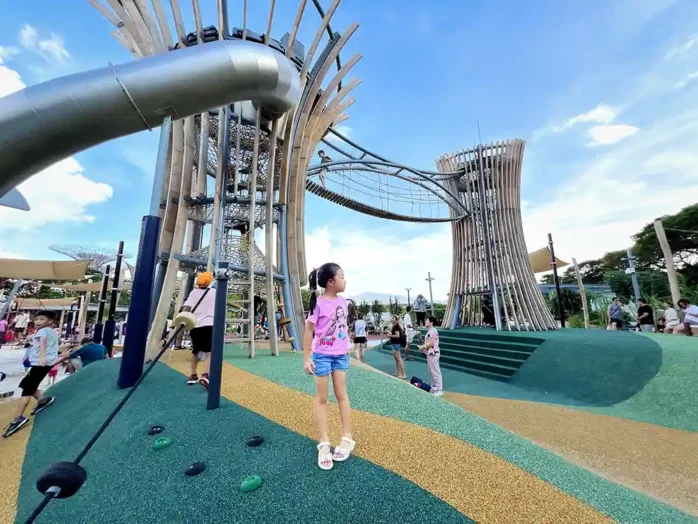
Where Families Are Settling in 2025
Each region in Singapore has its own character, and families tend to choose based on a mix of lifestyle, accessibility, and price. Some neighborhoods stand out for their strong family appeal.
|
Area |
Key Strengths |
Average Price (psf) |
Family Highlights |
| Bukit Timah | Top-tier schools, quiet greenery | $2,400–$2,800 | Near Botanic Gardens and major education belt |
| Tampines | Town amenities, parks, affordable condos | $1,300–$1,800 | Easy MRT access, great community clubs |
| Serangoon | Central, family-friendly landed clusters | $2,000–$2,400 | Nex Mall, proximity to good schools |
| Pasir Ris | Resort-style waterfront living | $1,200–$1,600 | Coastal parks, family cycling paths |
| Punggol | Modern town, young families | $1,000–$1,400 | Waterway Park, childcare integration |
The Role of Connectivity in Family Living
Families move frequently during school years, and reliable transport options make all the difference. Many of the best projects now sit within walking distance of MRT lines or major expressways.
For instance, developments along the Thomson-East Coast Line offer quick access to the Central Business District while keeping weekend escapes simple, thanks to direct connections to the East Coast Park and Marina areas.
In newer estates like Punggol and Tengah, town planners designed entire networks of cycling paths and sheltered walkways connecting residential clusters to schools, parks, and retail hubs. Such urban design supports the idea that children should be able to walk or ride safely to most daily destinations.
Examples of Prominent Family-Oriented Developments
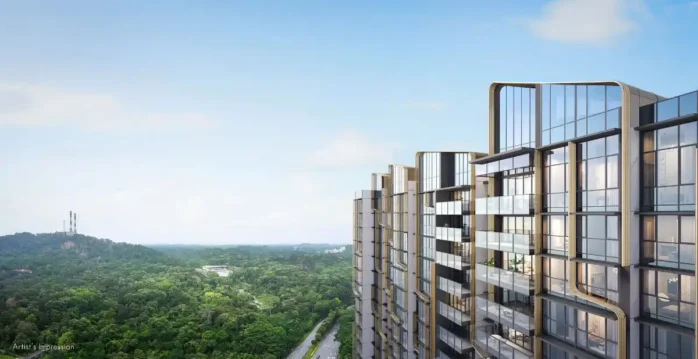
1. Bukit Timah’s Education Belt Condos
Developments in Bukit Timah continue to attract families prioritizing education. Projects located along Dunearn and Bukit Timah Roads often feature larger unit types and are close to schools such as Hwa Chong Institution and Nanyang Girls’ High.
Common traits:
- Generous three- and four-bedroom layouts.
- Swimming pools and tennis courts for after-school recreation.
- Walking access to MRT lines like Downtown and the upcoming Cross Island Line.
Families who value stability and academic convenience typically choose this area despite higher entry prices.
2. East Coast Park Living
East Coast developments blend leisure and connectivity. With park connectors stretching across the waterfront, weekend activities practically start at the doorstep.
Family perks include:
- Spacious layouts with sea views.
- Easy access to reputable schools in the Marine Parade area.
- Cycling tracks and playgrounds integrated within the coastal environment.
Parents often highlight the slower, seaside rhythm as a reason for choosing East Coast projects over busier central locations.
3. Tampines Regional Hub
Tampines has evolved into a complete family district. Between Tampines Mall, Our Tampines Hub, and a cluster of good schools, it offers one of the best combinations of affordability and convenience.
Features often seen in its newer projects:
- Dual-key units for multi-generational living.
- Family-sized facilities like reading pods, rooftop gardens, and music rooms.
- Short travel distance to Changi Airport for frequent flyers.
The district also benefits from a strong community network – sports programs, libraries, and public play zones encourage local engagement.
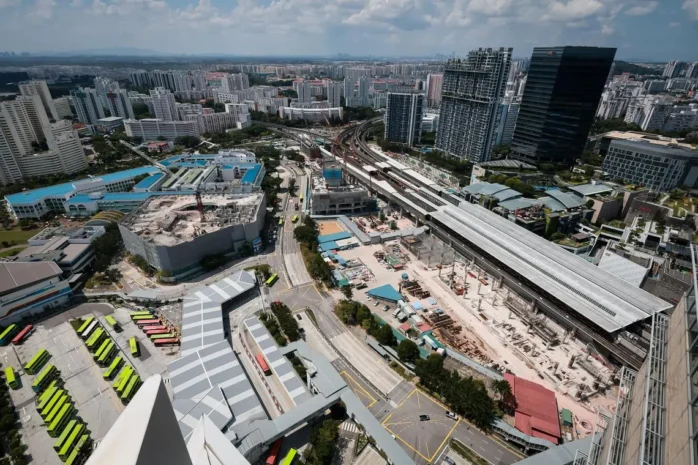
4. Punggol’s Waterfront Communities
Punggol remains the benchmark for modern family planning. Its residential precincts are designed around green corridors and waterways, making daily life visually refreshing.
Developers here prioritize:
- Pedestrian-friendly walkways.
- Large family pools and water play areas.
- Seamless access to Punggol Waterway Park and SAFRA Club.
The area also caters to young parents with nearby preschools and medical centers, proving that family design doesn’t have to compromise urban efficiency.
Smart Home Features That Simplify Family Life
Technology plays a growing role in convenience and safety. Most new family-focused projects include some level of smart integration, from app-based access control to air-quality monitoring.
Examples of family-beneficial smart features:
- Remote door access for latchkey kids.
- Energy management systems to monitor appliance use.
- Voice or phone-controlled lighting for late-night feeding or study sessions.
- Home delivery lockers to handle groceries or parcels safely.
Families appreciate such tools not for novelty but for the smoother rhythm they bring to daily routines.

Closing Thoughts
Family-oriented residential projects in Singapore mirror the country’s own evolution – compact yet thoughtful, urban yet nurturing.
They focus on the essentials that make family life function smoothly: safe environments, meaningful community, access to education, and proximity to green space.
Whether in Bukit Timah’s education belt, Punggol’s waterway estates, or the coastal calm of East Coast, the best family homes share one common trait: they are built for people to grow into, not out of.
The balance of comfort, connection, and foresight continues to define how Singapore builds homes for families, both today and for generations ahead.
